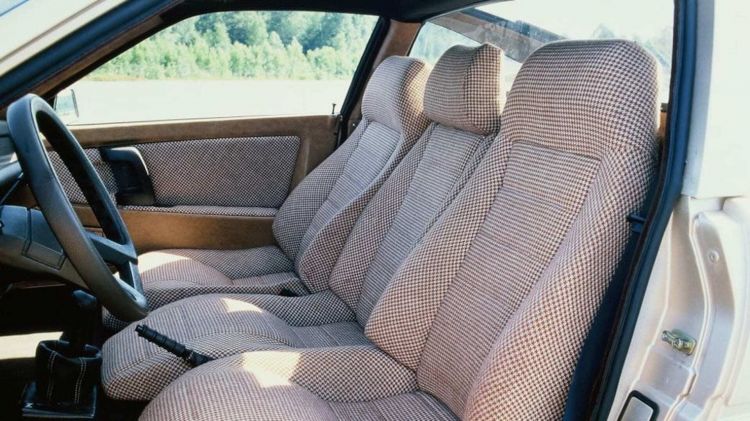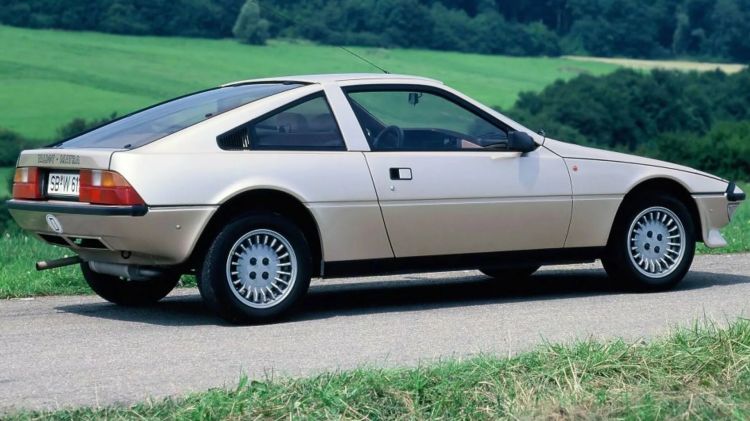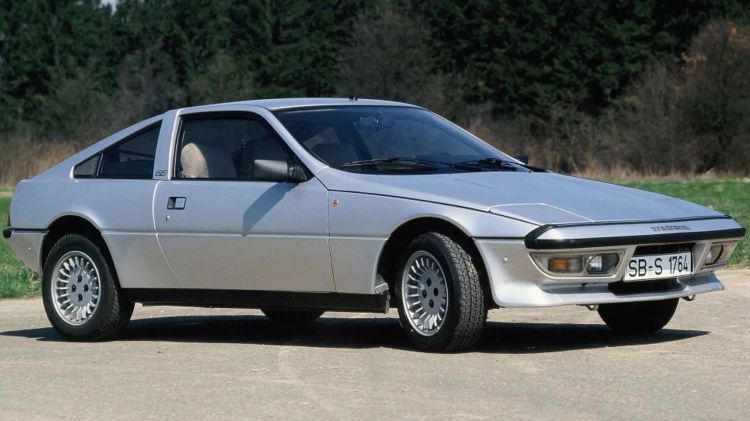No, we are referring to the McLaren F1, but even much less known but equally charismatic Talbot Matra Murena, a sports car that, like the English one, has three seats, although in this case in the purest van style. And it is that this peculiar feature of the Matra makes it one of the most curious cars of the 80s despite the fact that its success was almost as fleeting as its stay on the market. Be that as it may, the Talbot Matra Murena deserves to be remembered and analyzedsince we are sure that, even if you did not care too much, now you are going to want one.
We must go back to France in the eighties, at which time the so-called Project M551 was destined to become the replacement for the Matra-SIMCA Bagheera, another sports car from the firm that had also presented this peculiar seating configuration. And it is that, unlike F1, both the Murena and the Bagheera had three individual seats in a row, something unusual in a car in its segment.
Talbot Matra Murena, the three-seat sports car you need now
Although Matra’s main activity was concentrated in aeronautics -although it also had relevance in Formula-, under the protection of PSA -now Stellantis- already as the owner of Crhysler Europe and after renaming SIMCA as Talbot, he once again played his cards in vehicles commercial. that’s how it’s born the Murena, which we can consider as a kind of automobile Franskenstein in which parts from different PSA vehicles are combined with elements from the now extinct SIMCA.
Despite the fact that the design could be somewhat reminiscent of the Italian canons of the time, the truth is that internally the Talbot Matra Murena was French. While the steering and front suspension were inherited from SIMCA, the five-speed gearbox was from the Citroën CX. But what truly curioso was that the French sports car had a galvanized sheet metal chassis and a Cx of 0.33.
In addition, the body was made of fiberglass, thus slightly exceeding 1,000 kilos in weight and establishing itself as an extremely light car. To this we must add the presence of various engines that, although at first it was thought of using the Renault Douvrin engine, they finally settled by a 1.6-liter naturally aspirated four-cylinder that developed 92 hp and 132 Nm of torque from the Talbot Solara to be installed in the transverse central position.
It was also offered with a 2.2 -four cylinders and in the same position- with 118 hp and 181 Nm of torque, figures that later rose to 142 hp and 188 Nm of torque for the Murena S, the most radical variant of the French sports car. Of course, the power was sent solely and exclusively to the rear axle, seeking to guarantee a more spicy and sporty drive.
Despite Matra’s attempt to offer a different sports car but complying with what the segment demanded, the Murena was not very successful.. Only 480 units of the Talbot Matra Murena S were manufactured between 1980 and 1983 -period in which its production was active-, which means that today they are quite valued-, 5,640 units of the 1.6 variant and 4,560 of the 2.2 of 118 hp. No, it didn’t gel too well, but we must give credit to the Murena, the peculiar configuration of its seats and its personality.
Images: ADAC






